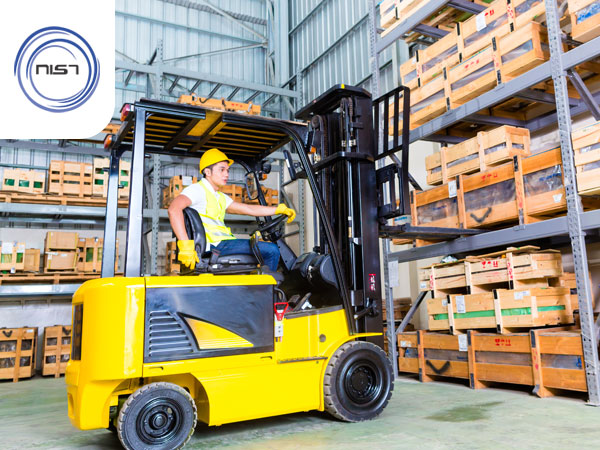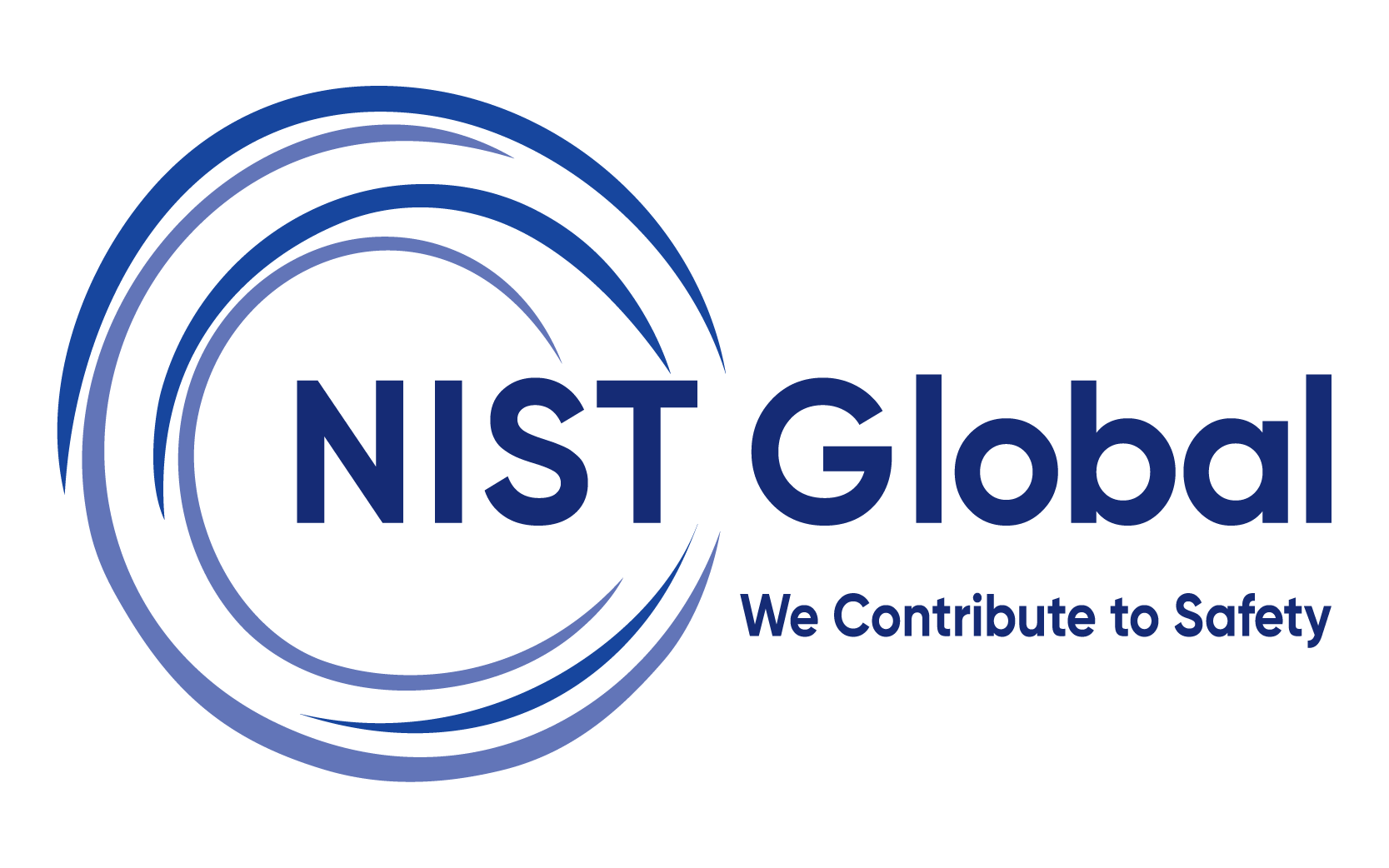Safe Use of Fork Lift Trucks
A study found that each year, nearly 100 workers are killed and another 20,000 are seriously injured in forklift-related incidents. Did you ever imagine why this mishap happens during a forklift operation? This is all due to a lack of training and driver’s error in operating the forklift. Therefore, the need for forklift training is emphasized to provide comprehensive insights into safe forklift operating practices, minimize workplace accidents, and reduce huge financial losses to the organization.

-
Learning PartnerNIST
-
Training TopicFork Lift Trucks
-
LanguageEnglish
-
For queries, & Assistance
Introduction
In today’s incredibly fast-paced working environments, the forklift has been instrumental in lifting, moving, and storing bulky loads around construction sites, warehouses, dockyards, recycling facilities, manufacturing units, and many more. It has sheer importance in the workplace as it makes operations fast and efficient. Even though it is considered as a useful piece of equipment, it has the tendency to be dangerous and cause fatal accidents to both the forklift operator and any bystanders in the area. In addition, forklift accidents hurt organizations financially in terms of property or material damage.
A Forklift may look like fun to operate, but it is considered a serious workplace hazard. A study found that each year, nearly 100 workers are killed and another 20,000 are seriously injured in forklift-related incidents. Did you ever imagine why this mishap happens during a forklift operation? This is all due to a lack of training and driver’s error in operating the forklift. Therefore, the need for forklift training is emphasized to provide comprehensive insights into safe forklift operating practices, minimize workplace accidents, and reduce huge financial losses to the organization.
Training Objective
The primary objective of this training is to enable delegates to enhance their operating skills and demonstrate a proactive approach to prevent risks involved in forklift operations. This training is not a traditional academic dissertation on the subject, but rather a practical, hands-on approach that teaches delegates what rules and procedures must be followed and what must be done to safeguard themselves and everyone around them when operating a forklift.
As a result, businesses should keep an eye out for this training for their staff in order to keep them safe and comply with current legislation. It also saves businesses money by avoiding high tolls due to loss of life, employee injury, building and property damage.
With a highly ethical approach and customer-centric culture, we at NIST have developed this training module in line with the current industry trends to ensure that forklift drivers carry out their role safely and effectively and boost safety right at the core of a company's operations.
Learning Outcomes
- Demonstrate the fundamental factors of forklift
- Explain the different types of forklift
- Identify the hazards involved with Forklift Operation
- Control the risk factors, and site-related Hazards
- Outline the factors to be considered for forklift operation
- Identify the different training requirements for forklift operation
- Outline the forklift pre-operation procedures
- Understand the impact of surface conditions and the load composition
- Outline the responsibilities of employer and forklift operators
- Demonstrate the safe operation of a forklift.
Who can take this training?
- Forklift truck operators
- Forklift operator trainers
- Warehouse/shipping/receiving employees
- Construction site employees
- Safety managers
- Operations managers
Benefits
Individual
- Provides knowledge and skills to
- identify and deal with common forklift hazards
- know what to watch for before using a forklift
- stay safe while using a forklift
- be aware of forklift position
- watch out for blind spots
Organisation
- Maximizes productivity
- Aids to comply with regulatory requirements
- Ensures a safer work environment
- Enhances employee morale and confidence levels
- Reduces insurance premiums and maintenance costs
Assessment
- Delegates are assessed through a multiple-choice questionnaire
Training Mode:
- Face to face training
